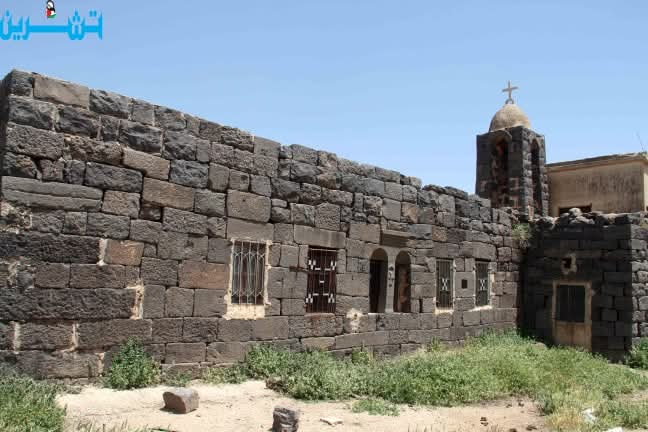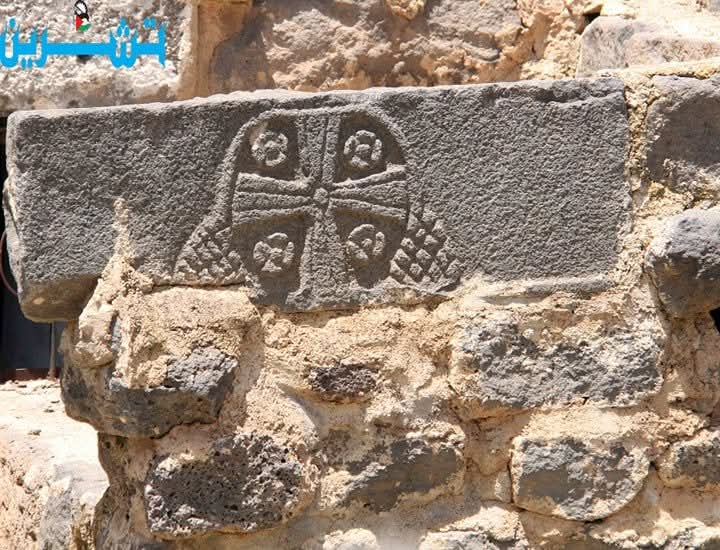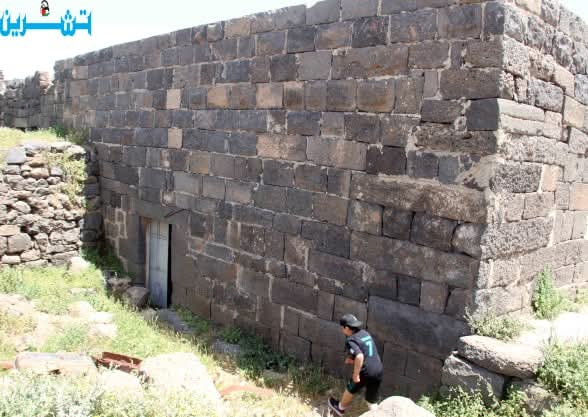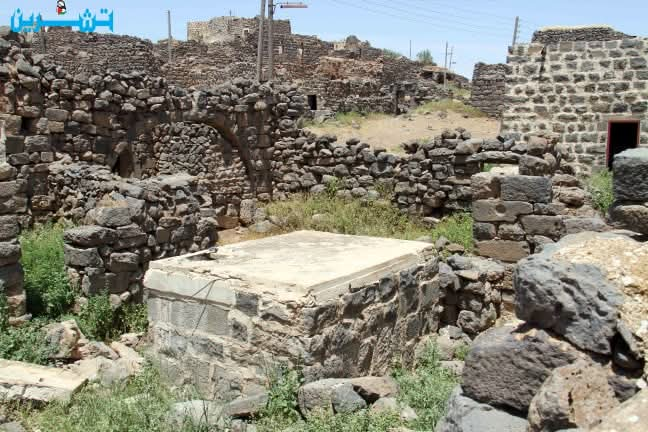Considered among the largest Byzantine churches unearthed in the rural areas of Sweida, this edifice was integral to a flourishing settlement of its time. It was erected to serve the local populace as part of a broader network of churches across the Hauran region, distinguished by its meticulous architectural design. The church remained in active use until the Islamic conquest, after which it was progressively abandoned.










